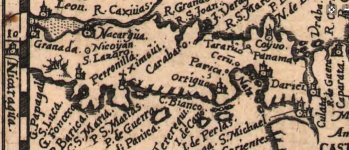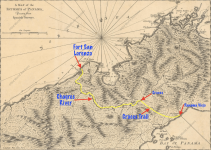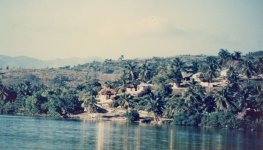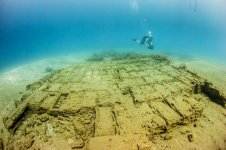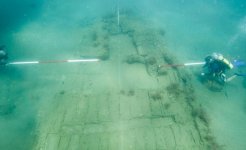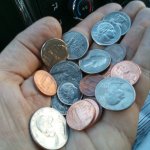BillA
Bronze Member
Hi Kanacki
ah, did not know; thought was always done by beaching
but hey, Raphael Sabatini taught me all I know about sailing
lol (one can see how I got into this)
ah, did not know; thought was always done by beaching
but hey, Raphael Sabatini taught me all I know about sailing
lol (one can see how I got into this)



